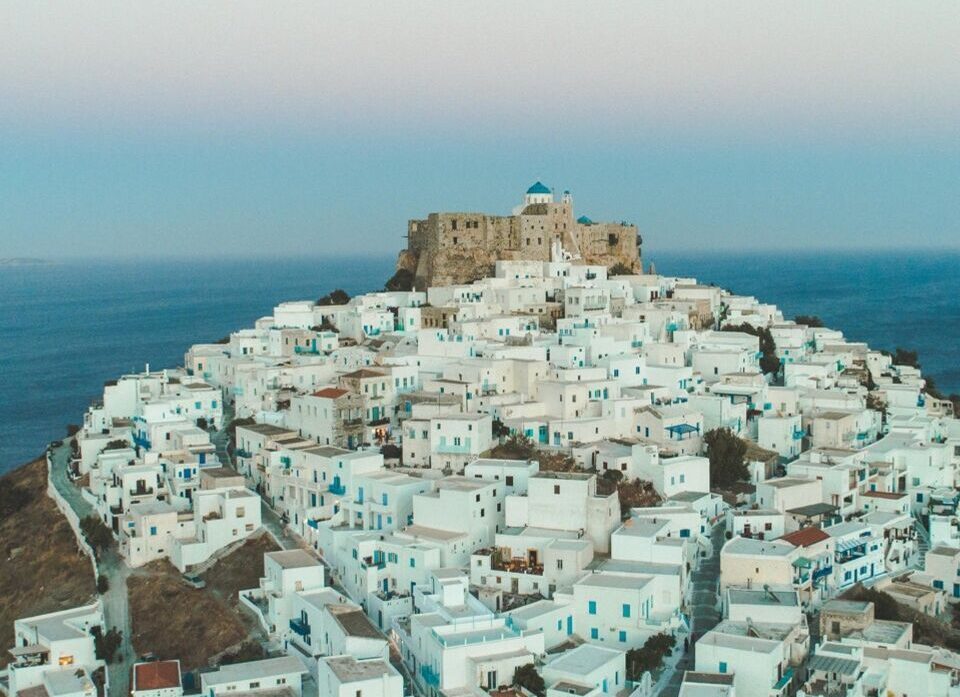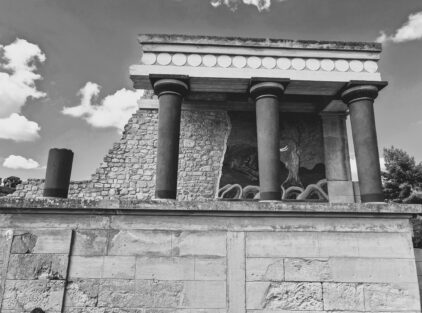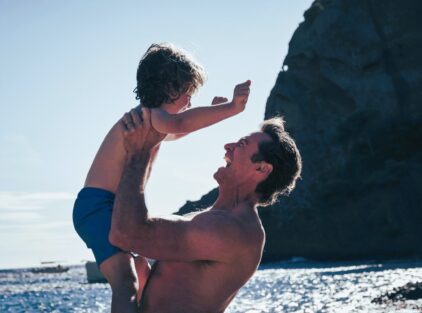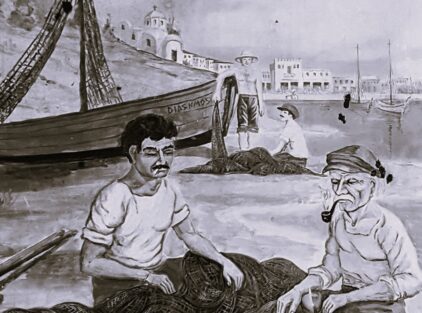By Christos Zampounis
“Paleon Asty”, according to etymology, is rapidly mutating into Neon, in the sense of innovation.
Two electric Volkswagens of the latest vintage (ID3) are lined up proudly in Pera Gialos. One has the insignia of the Hellenic Police and the other of the Coast Guard. “They have also given us a gift to the Municipality”, explains the mayor of the island Mr. Nikolaos Komineas. He is not a native. He came after the Post-colonization to this alternative destination, given the time, and today he is solemnly elected for the second time, as a reward for his work in the transition of Astypalaia to an “intelligent sustainable island”, as he characteristically emphasizes.
It was the not-so-distant year 2021, when, after many adjournments, the Greek Prime Minister meets with the CEO of the German automobile industry, Herbert Diess, and they announce a series of actions for generalized electric mobility (e-mobility). Two years later, the westernmost island of the Dodecanese is at the top of Europe with the amazing ratio of one charger per 133 inhabitants, while there are already around 100 electric cars on its roads.
“From the original price of 33,500 euros, with the withdrawal and subsidies and the below-cost offer from Volkswagen, the final price drops to 7,000 euros,” my interlocutor raves. Urban transport with the Astymou system became extremely popular last summer, as friends who visited it confessed. It is an application that selects the nearest stop, to one of 27 pre-defined, and within 10-15 minutes one of the electric ID Buzz arrives in 3 to 8 minutes, depending on the season. The shift to the production of Energy from Renewable Sources (RES), is the next plan of the Authorities. A photovoltaic park and a hybrid battery installation station are expected to be operational by 2024. The current is stored in the batteries, and will then be distributed to the Network, with an initial forecast of covering more than 50% of the needs.
At a time when Astypalaia is praised internationally as a model of “sustainability”, one of its most ardent fans, Henning, decided to sell his house in Chora and rent it. He had also come as a restless youth in the 70s and fell in love with the authenticity of the “earthly paradise”, as he calls it. “There were about a dozen of us, all tourists at that time. We slept in tents on pristine beaches. This, of course, could not last forever, but I am very happy that I lived it.”
Henning will continue to live permanently on the island, since he married a Greek woman and they had a son. His presence will be an interesting link between the past and the future.














